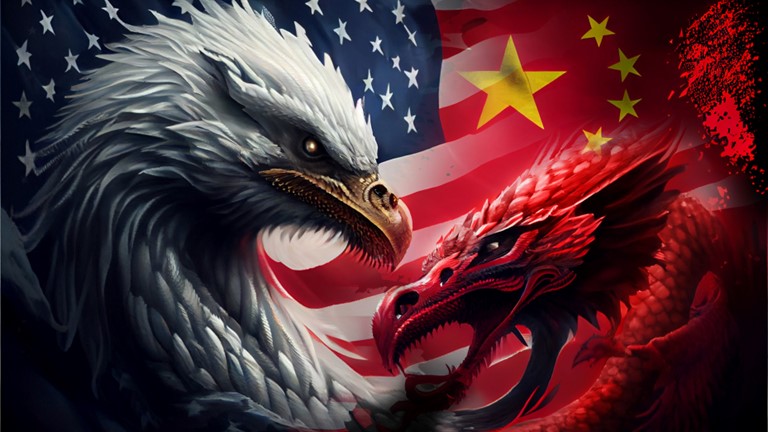
I’ll tell you what Your Survival Guy did not see during his most recent trip to Paris: Chinese tourists and/or businesspeople, many of whom are typically seen in the major houses like Louis Vuitton snapping pictures of bags and sneakers to forge back home or walking out with truckloads of merchandise. I also did not see them at our hotels.
That’s a big change from previous trips. That boots-on-the-ground anecdotal intelligence gathering tells me that not all is well with China’s economy. That anecdotal evidence is borne out in news reports of China’s tenuous real estate market. Chinese investors depend heavily on real estate, and the damage from the bust is affecting their wealth generation.
What’s America’s role in keeping China at bay? Before all the neocon saber rattlers get hotter and hotter about “protecting” Taiwan, maybe we should be realistic and understand China has its own problems to sift through. Everyone needs a bogeyman to fight, but maybe this one isn’t ours. In Reason, Richard Vigilante offers an alternative perspective on China. After explaining that OECD and USITC estimates of China’s intellectual property (IP) theft have been arbitrarily pulled out of thin air, he also notes that much of the massive estimate doesn’t represent high technology or military hardware like you might believe if you were listening to alarm stories. In fact, most of the counterfeit goods appear to be sneakers. Vigilante writes:
Beneath this crescendo of warnings, however, lie some questionable assertions. Central to the argument are two reports, one by the U.S. International Trade Commission (USITC) and another by the OECD, which have become the linchpins of the fearmongering campaign against China. A closer examination reveals that these reports, and the staggering figures they tout, are little more than sloppy guesswork grounded in speculative modeling rather than solid evidence.
The USITC study, China: Effects of Intellectual Property Infringement and Indigenous Innovation Policies on the U.S. Economy, was published in 2011. The OECD study, Trade in Counterfeit and Pirated Goods, was first issued in 2008 and updated in 2016. Nearly every other report on the theme ultimately cites these two studies.
The OECD’s bold assertion that China’s I.P. theft tallied up to a whopping $200 billion to $600 billion annually throughout the 2010s hinges on a dubious concoction known as the General Trade-Related Index of Counterfeiting (GTRIC) for products. This algorithm supposedly crunches customs data to gauge the global counterfeit trade, attributing a significant chunk of it to China.
Delve into the mechanics of the GTRIC and you’ll find it operates on a blend of educated guesses and less educated assumptions. Modelers assign two “propensities”: the propensity of a given country to export counterfeits, and the propensity for certain product types—like sneakers or watches—to be counterfeited. Comparing these figures with data on all international trade, the model generates estimates of the total volume of counterfeit goods from various source nations.
The critical moment in the model’s calculations, and the place where the methodology raises eyebrows, is the determination of a “fixed point”—essentially, a guess at what percentage of goods in a specific category are fake. Depending on which number you pull out of the hat, the scale of counterfeiting can swing wildly from mere billions to an eye-watering trillion dollars annually. Therefore, determining the most accurate fixed point to use is vital for the results of the study to be trustworthy.
Action Line: China could collapse under its own economic deadweight before America has a chance to get into a war with it over Taiwan. Economic cycles come and go, even in China. When you want to talk about the economy and how it affects your investment portfolio, I’m here. In the meantime, click here to subscribe to my free monthly Survive & Thrive letter.
Originally posted on Your Survival Guy.



